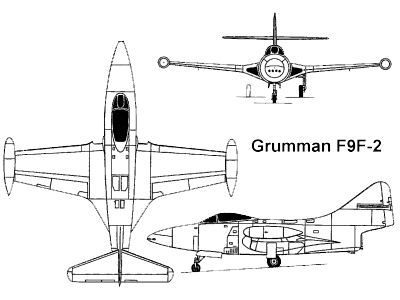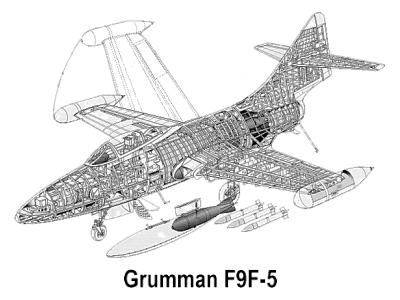The Grumman F9F 'Panther' was the manufacturer's first jet fighter and one of the United States Navy's first successful carrier-based jet fighters. A single-engined, straight-winged day fighter, it was fitted with an armament of four 20 mm (0.79 in) cannons and could carry a wide assortment of air-to-ground munitions. The F9F Panther was used extensively by the U.S. Navy and the United States Marine Corps(USMC) in the Korean War. Total F9F production was 1,382 and the last US Navy operational Panther was retired in October 1958.
Development
Development studies at the Grumman company began near the end of the World War II as the first jet engines emerged. The prototype Panther, piloted by test pilot Corky Meyer, first flew on 24 November 1947. Propulsion was a Rolls-Royce Nene turbojet built under license by Pratt & Whitney as the J42. Since there was insufficient space within the wings and fuselage for fuel for the thirsty jet, permanently-mounted wingtip fuel tanks were added which incidentally improved the fighter's rate of roll. It was cleared for flight from aircraft carriers in September 1949. During the development phase, Grumman decided to change the F9F's engine, selecting the Pratt & Whitney J48-P-2, a license built version of the Rolls-Royce Tay. The other engine that had been tested was the Allison J33-A-16, a development of the Rolls-Royce Derwent. The armament was a quartet of 20 mm guns, the Navy having already switched to this caliber (as opposed to the USAAF/USAF which continued to use 12.7 mm M2/M3 guns). The F9F Panther soon was armed as well with underwing air-to ground rockets and bombs, up to 2,000 lbs. The F9F Panther flew for the first time in 1947, and was the first carrier-based jet fighter to see combat. Extensively used on ground-attack duties in Korea, the Panther was a fine warplane in the hands of a trained pilot. Its structural strength, a trademark of the 'Grumman Iron Works', helped Marines enormously when they flew F9F's through gunfire to attack ground troops in Korea.
Back to Top
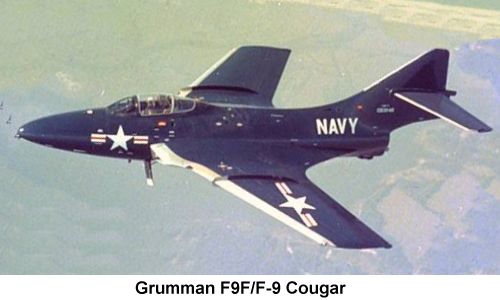 Sweep Wing Development
Sweep Wing Development
In spite of the fact that a Panther gained the US Navy's first jet kill, a MiG-15 in November 1950, the F9F was seriously outclassed by the swept-wing F-86 Sabre and MiG-15 which were entering service. From 1946, a swept-wing version was considered and after concerns about the Panther's inferiority to its MiG opponents in Korea, a conversion of the Panther 'Design 93' resulted in a swept-wing derivative of the Panther, the Grumman F9F/F-9 Cougar, which retained the Panther's designation number, however, it arrived to late to see service in Korea.
Back to Top
In Action
The F9F Panther was the primary US Navy and USMC jet fighter and ground-attack and was the most widely used U.S. Navy jet fighter of the Korean War, flying some 78,000 sorties and scoring the first air-to-air kill by the U.S. Navy, the downing of a North Korean Yakovlev Yak-9 fighter on July 3, 1950. The first MiG-15 downed was on 9 November 1950 by U.S. Navy Lieutenant Commander William Amen of VF-111 'Sundowners' Squadron flying an F9F-2B. Two more were downed on 18 November 1950, and the other two were downed exactly two years later on the 18 November 1952. Panthers managed to shoot down a total of two Yak-9s and seven MiG-15s for the loss of two F9Fs. In a unique feat on 18 November 1952, Lt Royce Williams of VF-781, flying off USS Oriskany destroyed four MiGs, in one 35-minute encounter, during a series of air strikes against the North Korean port of Hoeryong. This combat is little-known due to the involvement of the US National Security Agency (NSA) - the existence of which was then top secret - in planning the mission; the MiGs were intercepted as a result of intelligence provided by the NSA. After losing contact with his wingman, Williams was alone in a dogfight with six MiG-15s; after landing on Oriskany, his Panther had 263 hits by cannon shells or fragments, and was beyond repair. Williams' victories were notable since the four MiGs were flown by Soviet Naval Aviation pilots: Russian sources confirmed Williams' claims, 40 years later, stating the pilots lost were Captains Belyakov and Vandalov, and Lieutenants Pakhomkin and Tarshinov. The F9F-2s, F9F-3s and F9F-5s, were rugged attack aircraft, able to sustain operations, even in the face of intense anti-aircraft fire. Of note, there were two future astronauts who flew Panthers in Korea: Neil Armstrong (who was also forced to eject after being brought down by cables strung across a valley) and John Glenn.
Foreign Service
The only foreign buyer of the F9F Panther was the Argentine Naval Aviation , who bought 24 ex-USN aircraft in 1958. The catapults on the then only Argentine carrier, ARA 'Independencia' (V-1) , were considered not powerful enough to launch the F9F, so the aircraft were land-based. The Argentine Panthers were involved in the general mobilization during the 1965 border clash between Argentina and Chile but no combat occurred. They were taken out of service in 1969 due to the lack of spare parts and replaced with A-4Q Skyhawks. The Argentine Navy also operated the F-9 Cougar.
Back to Top
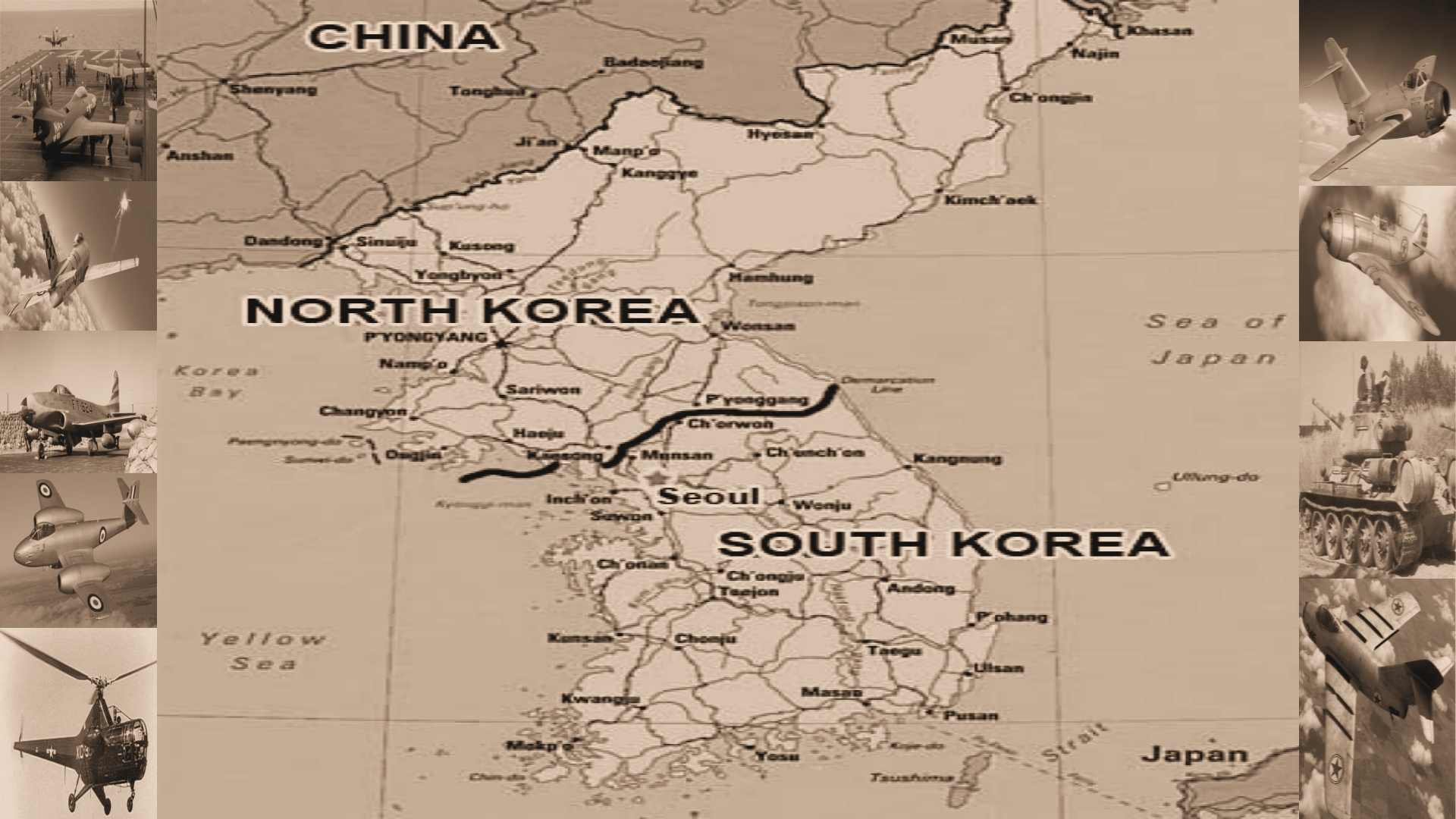

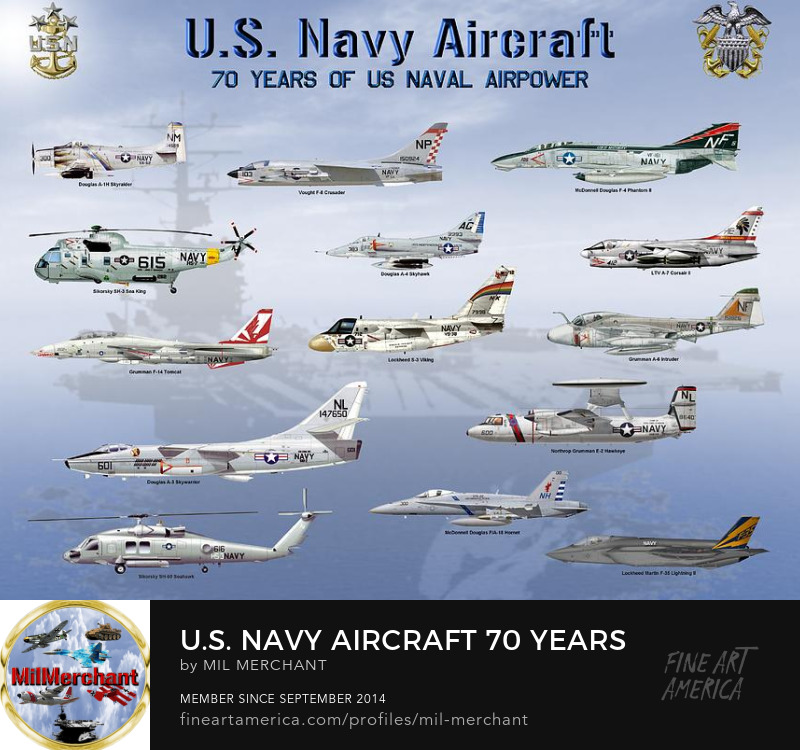

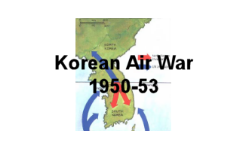 Korean War
Korean War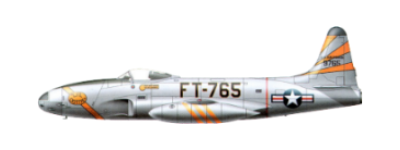 P-80 Shooting Star
P-80 Shooting Star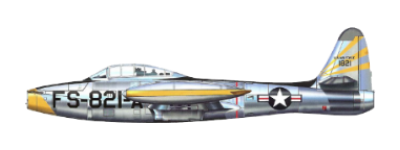 F-84 Thunderjet
F-84 Thunderjet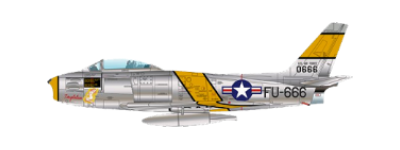 F-86 Sabre
F-86 Sabre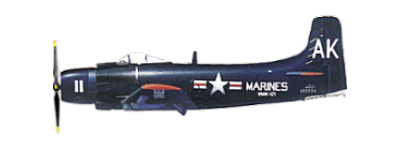 AD1 Skyraider
AD1 Skyraider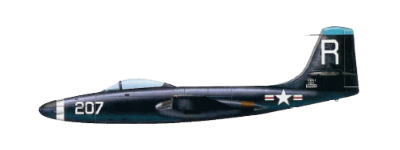 F2H Banshee
F2H Banshee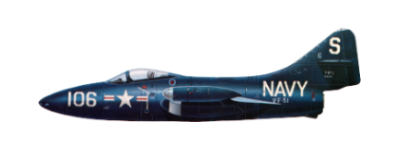 F9F Panther
F9F Panther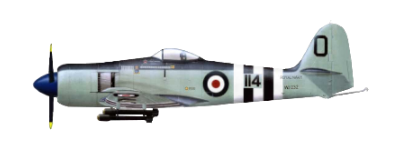 Seafury
Seafury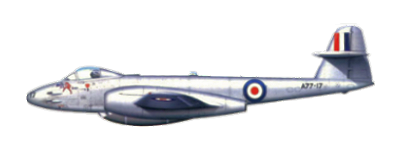 Meteor
Meteor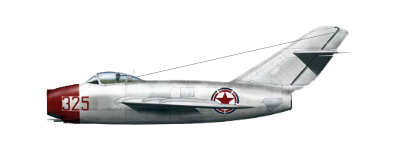 Mig-15
Mig-15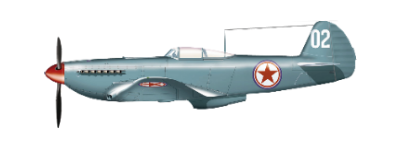 Yak-9
Yak-9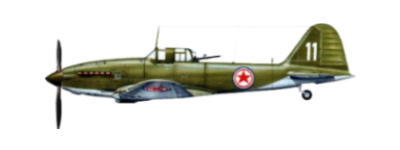 IL-10 Shturmovik
IL-10 Shturmovik
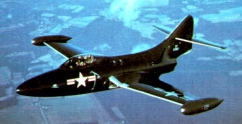

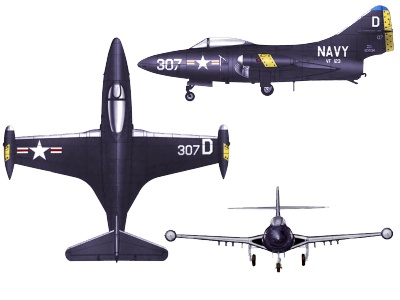
 Grumman F9F 'Panther'
Grumman F9F 'Panther'
